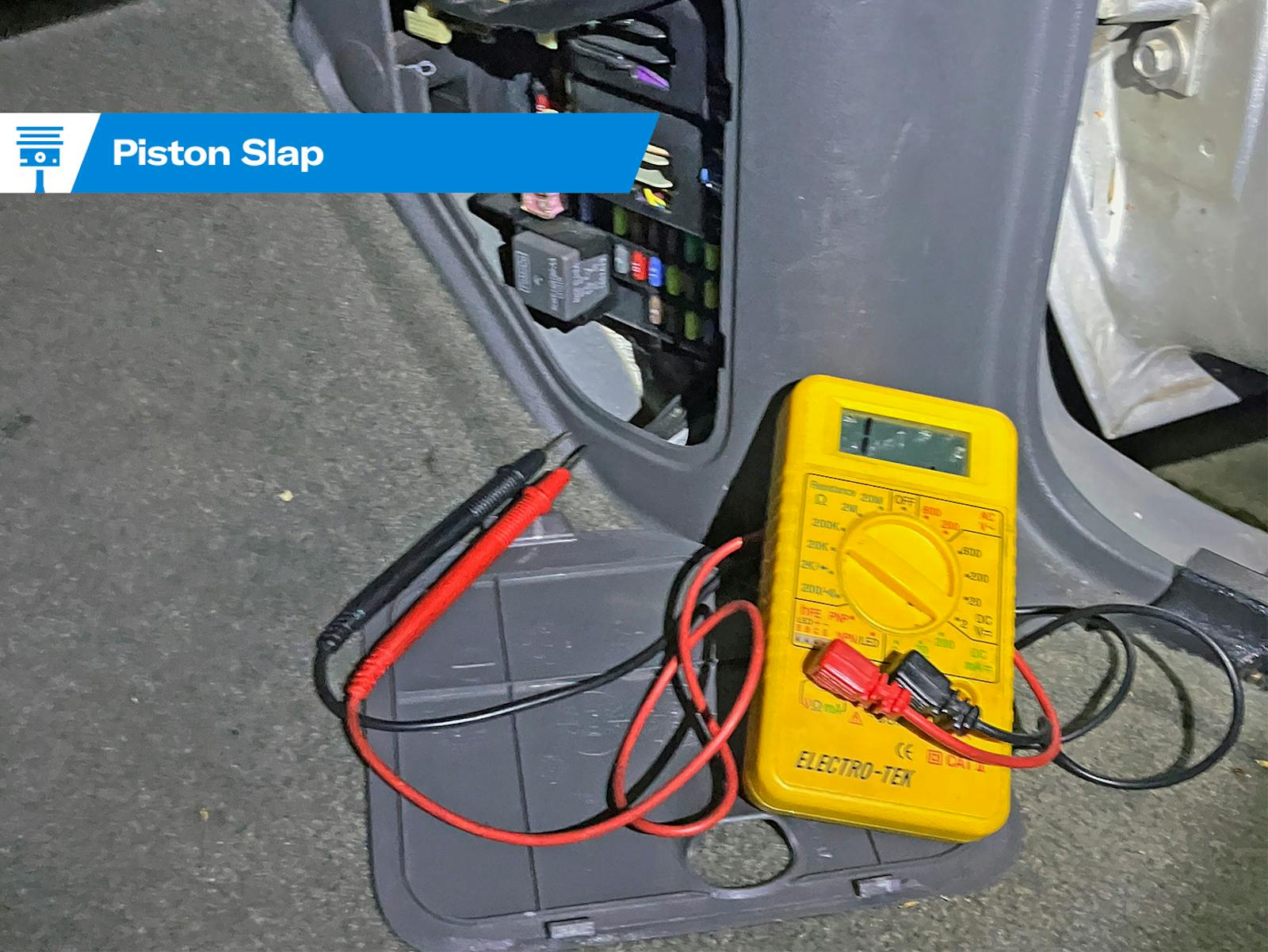Spring start-up: Tips for getting your classic back on the road
You grumbled when Punxsutawney Phil saw his shadow, even though you realize a startled groundhog really can’t predict an extended winter. You waited up all night on Feb. 28, just to see if March would come in like a lion or a lamb. For classic car owners in northern climes, the long wait for spring can be excruciating. The good news is, it’s almost here. Take advantage of the time you have left by prepping your car before its first drive. You’ll both be better for it.
Start with your battery. If it’s been on a trickle charger all winter, disconnect it from the charger and reconnect the battery. If you simply removed the battery and stored it in a warmer spot for the winter, time to charge it up.
Check your fluids. Start with a walk-around and examine the floor beneath the car. Drips are common and expected; puddles are not. A fresh oil change is recommended since water or other fluids may have found their way in your crankcase. While you’re at it, replace the oil filter. Also check your other fluids — brakes, coolant, transmission, windshield washer. Do they look dirty? Are they at the recommended level? Smell your transmission fluid. If it smells burnt, change it. Generally speaking, if you can’t remember the last time you drained and flushed any particular fluid, it’s probably time to do it again. As for gasoline, you should be good to go if you put Stabil in the tank before storing your car. If not, you might consider adding a water-absorbing product or — if you’re really worried about it — just drain the tank.
Check your belts and hoses for cracks and decay. Since rubber breaks down over time, examine the condition of your tires, too. Make sure they’re inflated to the correct air pressure. And don’t forget the spare.
Water can not only damage your engine, but it can cause brake problems, as well. If your car has been sitting for a while, consider bleeding your brakes. They should feel firm when you push the pedal.
By this point, you should already know if any mice spent a comfortable winter in or around your engine. Also check inside the passenger compartment, especially under the seats and in the glove box. And one last thing — check the headlights, turn signals and brake lights, which may require the help of a friend.
It’s finally time to start your car. If you’re just testing the engine, make sure an exit door is open enough to allow exhaust to escape. If the weather allows for a drive, make that first one fairly short — after a warm-up, a half hour or so should put the car through its proper paces. And before you take drive No. 2, do the ol’ walk-around again. No major leaks? Tires look good? Let ’er rip, and enjoy a safe driving season.


